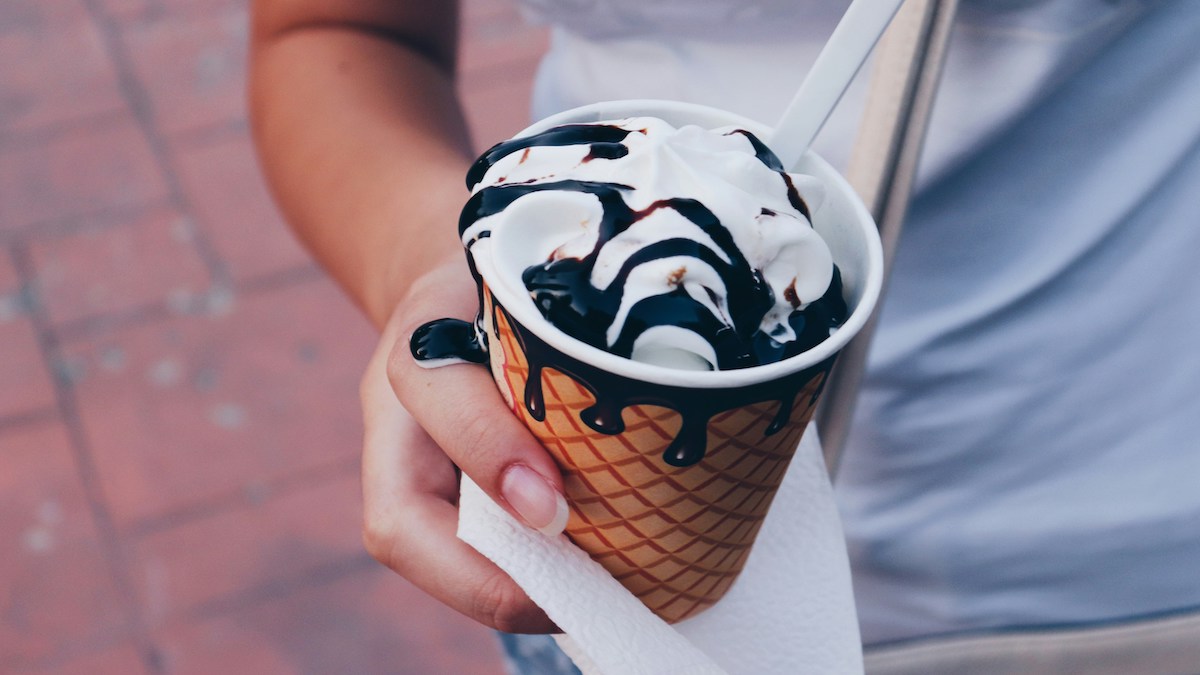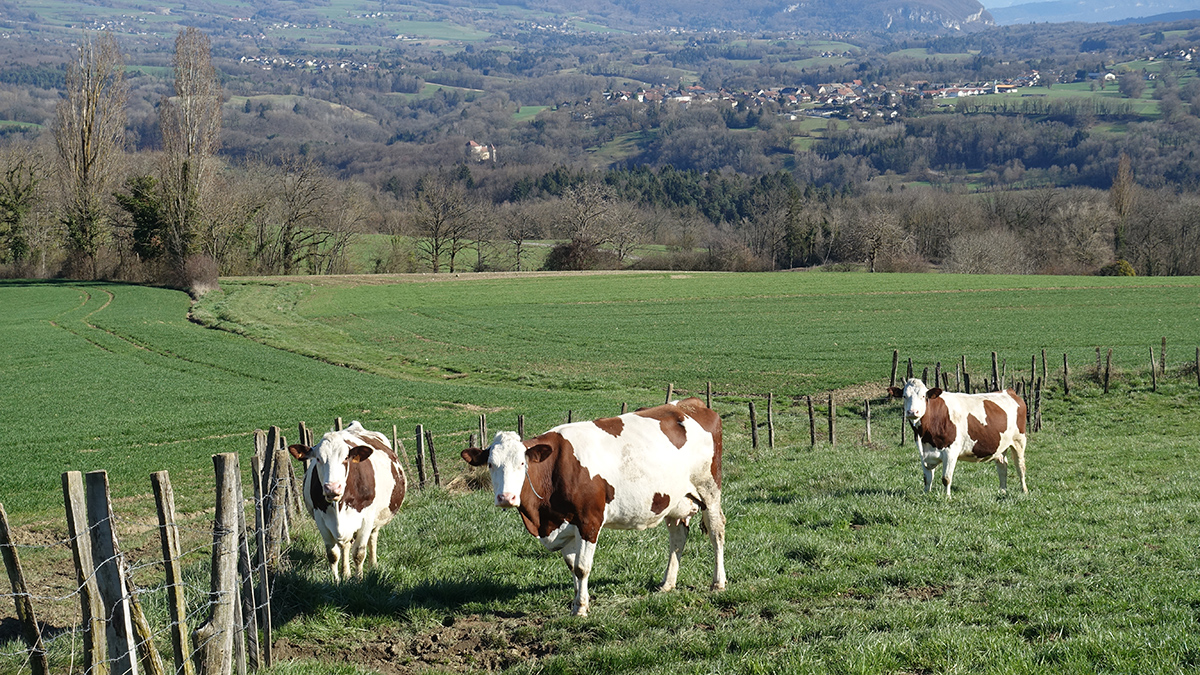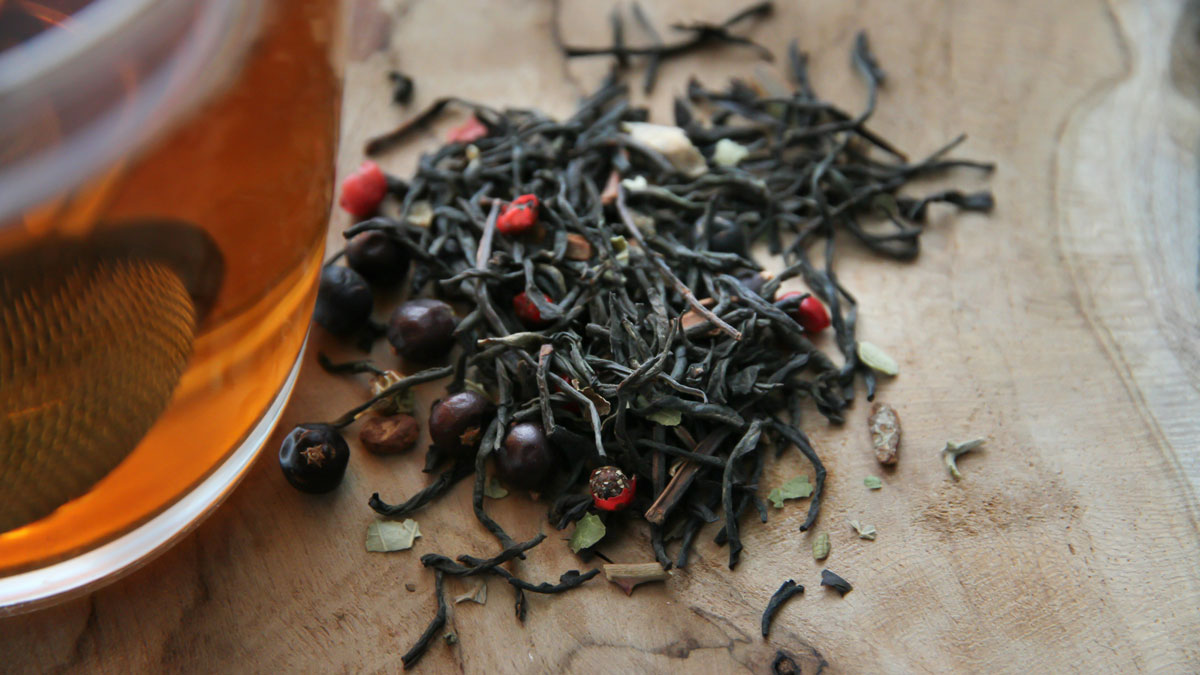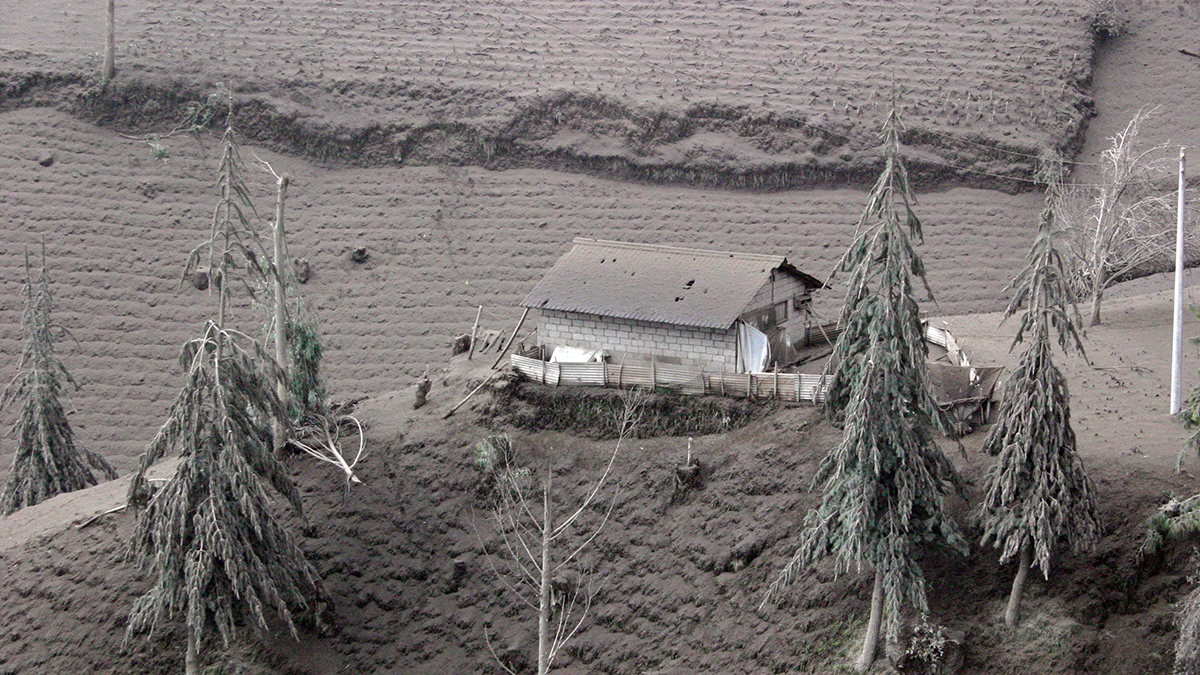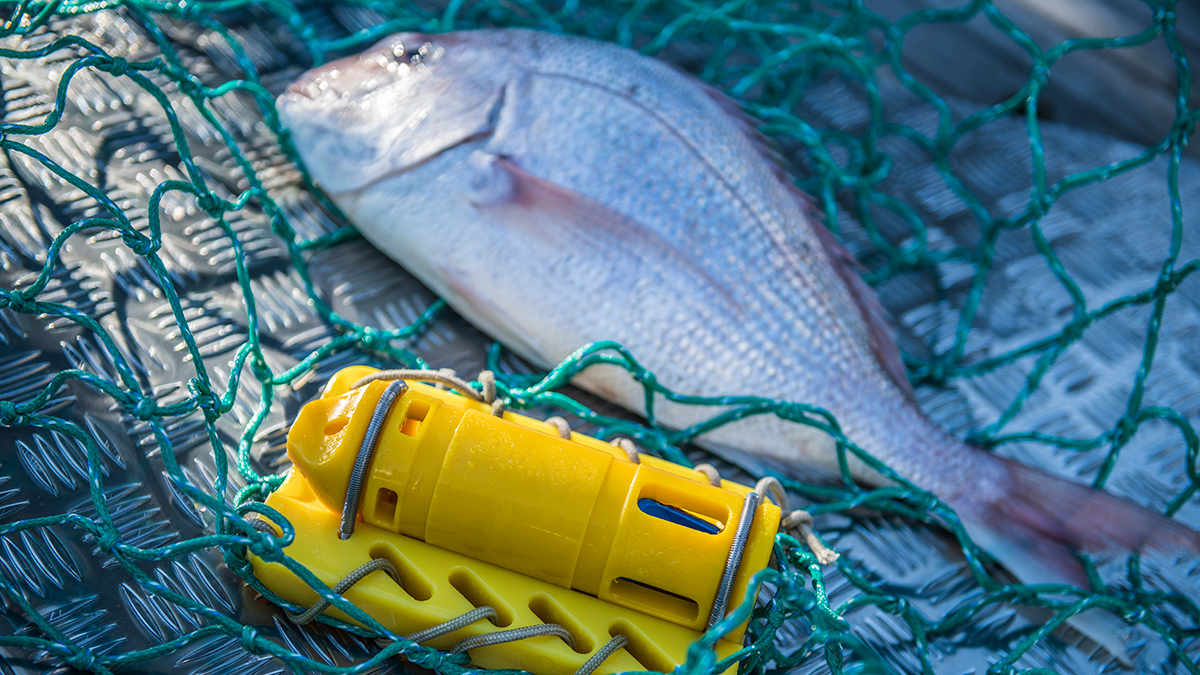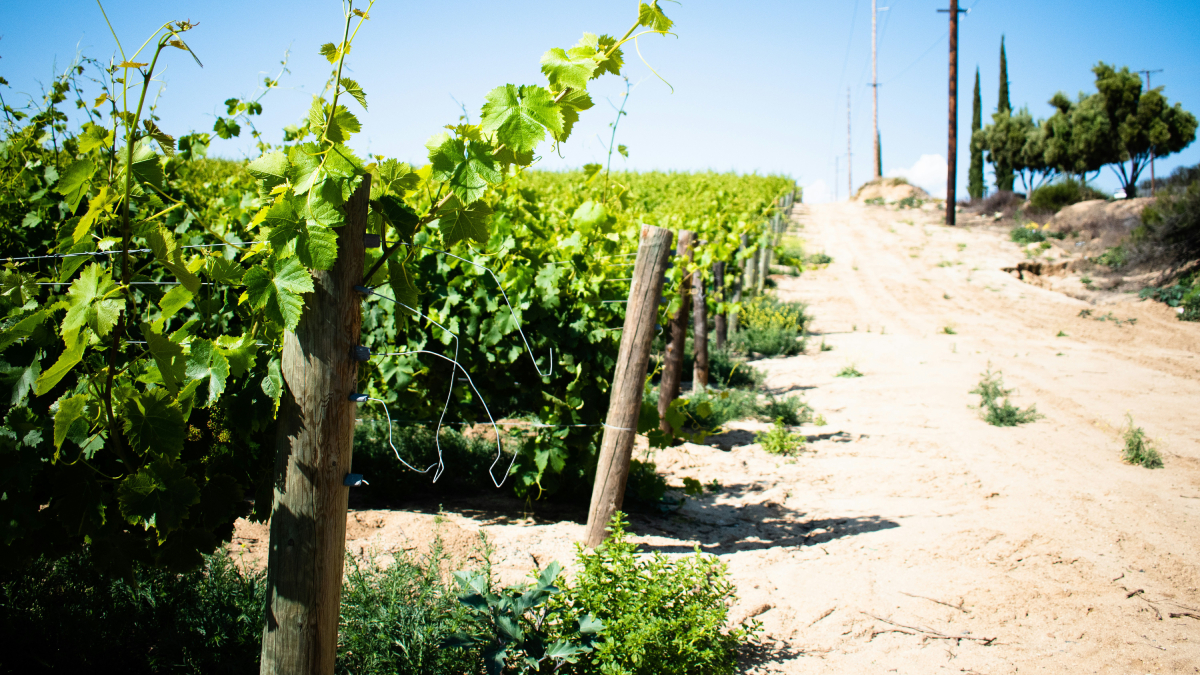A new analysis shows warmer weather may drive more added sugar consumption, particularly among already-vulnerable groups.
food
El queso en tiempos de la agricultura industrial y el cambio climático
Los pastizales y la dieta de las vacas están cambiando a medida que se calienta el clima, pero un experimento agrícola en Francia revela la importancia de proporcionar pastos a las vacas.
Cheese in the Time of Industrial Farming and Climate Change
Grasslands and cows’ diets are shifting as the climate warms, but an agricultural experiment in France reveals the importance of providing cows with pasture.
Tea Leaves Remove Lead from Water
Surface and chemical properties of tea leaves may help explain the correlation between tea consumption and lower incidences of heart disease, high blood pressure, and stroke.
Food Insecurity Is Linked to Heart Disease and Diabetes in the United States
A new study examines the geographic and demographic connections between health and a lack of consistent access to food, finding that this link is particularly strong in the South.
Cómo el volcán Tungurahua arrojó metales pesados en el suministro alimentario de Ecuador
Cuando el volcán Tungurahua de Ecuador entró en erupción múltiples veces entre 1999 y 2016, las comunidades agrícolas cercanas fueron cubiertas por ceniza, la cual dejó metales pesados en sus cultivos.
How Soil Symbionts Could Unlock Climate-Smart Agriculture
By tracing the evolutionary history of beneficial soil microbes, scientists hope to unearth a sustainable solution for producing food to feed a growing global population.
The Moana Project Braids Tradition and Science for a More Sustainable Ocean
Scientists and Māori communities in Aotearoa New Zealand are gathering knowledge on marine conditions and ecosystems to protect livelihoods and help ensure a sustainable future for the blue economy.
How Tungurahua Volcano Dropped Heavy Metals into Ecuador’s Food Supply
When Ecuador’s Tungurahua volcano erupted multiple times between 1999 and 2016, nearby farming communities were covered in ash, which left heavy metals in their crops.
Climate Change Threatens 70% of Winemaking Regions
In regions where natural resources are scarce or economies depend on producing certain wines, adapting and diversifying grape crops is easier said than done.

